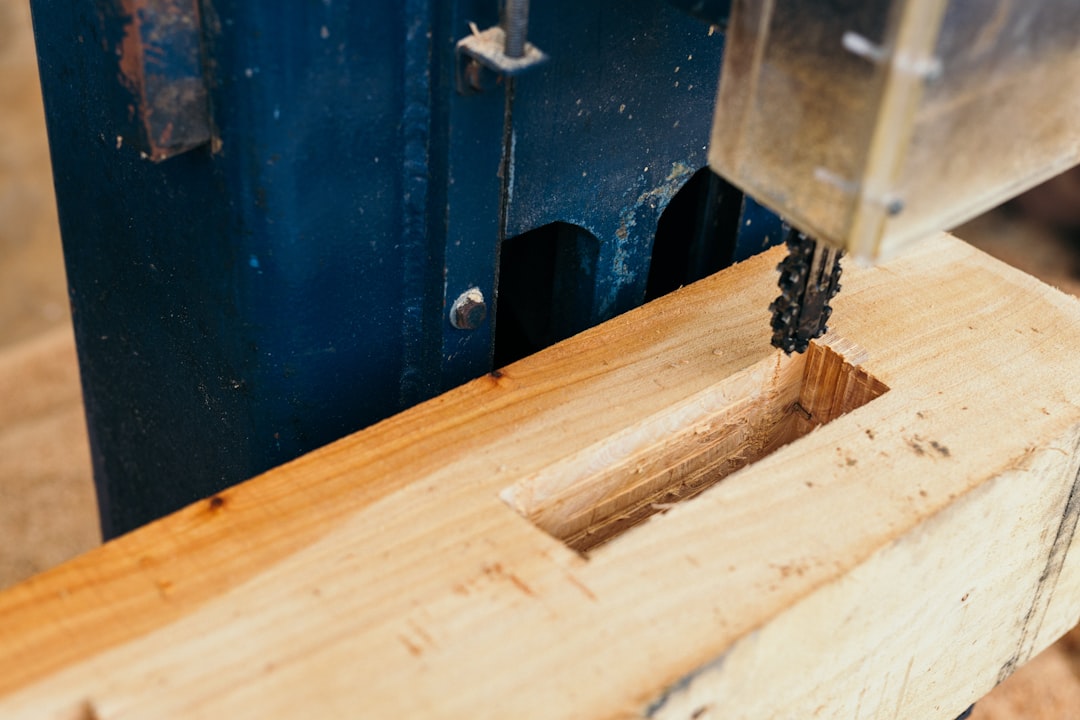
Building out a frame for a storm door can range from $650 to $1200 per opening, depending on materials and labor. Accurate cost estimation is crucial for construction professionals to avoid overestimating and ensure project profitability.
For construction professionals, ensuring a storm door frame is properly built is essential for energy efficiency and durability. A well-constructed frame prevents drafts and extends the door's lifespan, providing value to clients and enhancing your reputation.
Most storm-door kits assume a plumb, level, 1x jamb, but reality often differs. Using AI tools, you can quickly assess:
1. Inspect and document the existing opening using mobile apps for accurate records.
2. Remove old door hardware and damaged trim, protecting siding edges.
3. Check plumb and level, correcting deviations with shims.
4. Rip-cut jamb extensions to exact width for a precise fit.
5. Dry-fit extensions and apply flashing tape at seams.
6. Fasten jamb extensions with exterior-grade screws.
7. Bed the sill extension in sealant and add a continuous sill pan.
8. Prime and topcoat extensions before installing the new storm door.
9. Install the storm door per manufacturer specs, adjusting as needed.
10. Conduct a final QA walkthrough with the client.
A 1920s craftsman owner needed a storm door with a shallow jamb. Using AI tools, the project was completed efficiently, with precise measurements and a seamless installation.

Building out a frame impacts energy efficiency, security, and curb appeal. CountBricks offers added value through:
Our dashboard calculates potential heat-loss reduction, showing ROI in dollars saved per heating season.
We maintain a digital catalog of paint formulas to ensure seamless integration with existing structures.
Quickly address hidden issues with instant notifications and approvals, minimizing delays.
All installations come with a two-year workmanship warranty, easily accessible through our portal.
From storm doors to full exterior upgrades, CountBricks provides efficient, high-quality solutions for construction professionals.